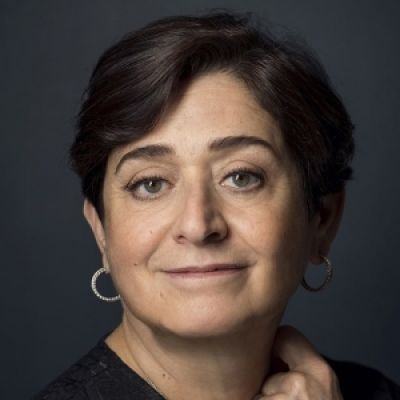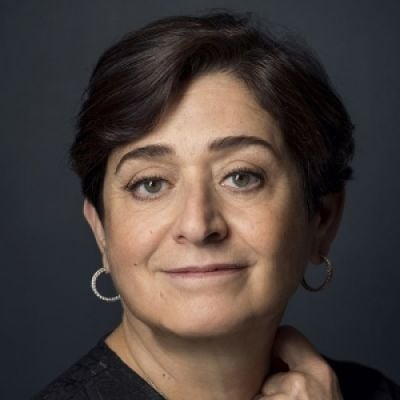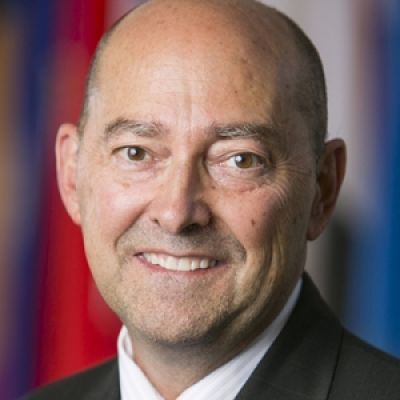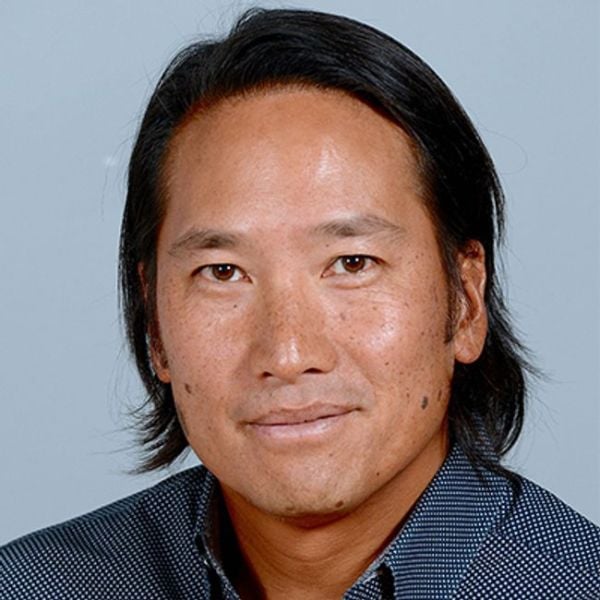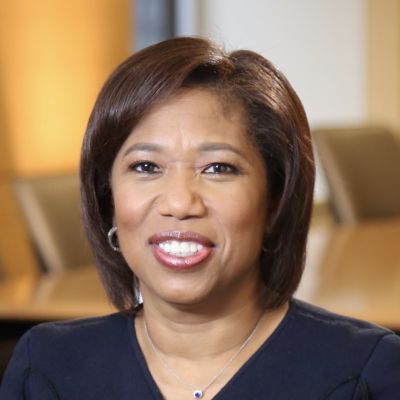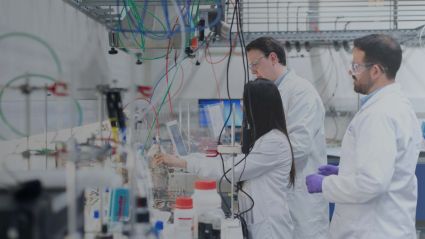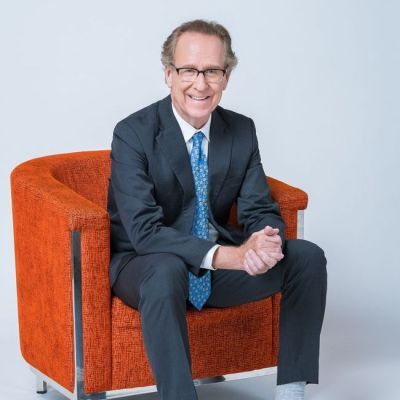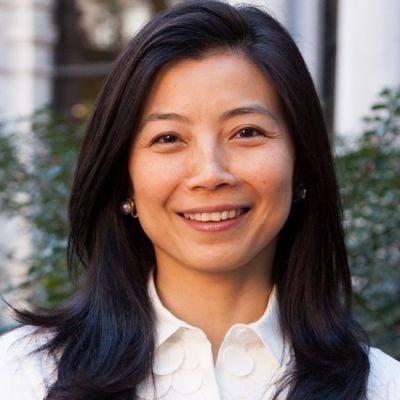
What percentage of people on the planet would you estimate have earned a college degree?
The answer surprises most people. Less than half of the world’s population has received a college degree.
According to the National Center for Education Statistics, “across OECD countries, the average percentage of 25- to 64-year-olds with any postsecondary degree increased from 31 percent in 2010 to 38 percent in 2019.”
In some regions and segments of the population, particularly amongst minority communities, degree attainment is far below the international and local average.
Yet it’s easy for degree-holders to fall into an assumption that most people go to college. What we know and experience often guides how we think, even when data show that people without degrees comprise the majority of the population.
How can we expand access to advanced education if this unconscious assumption exists?
We need to further embrace new higher education models to expand access.
Pay Attention to Distribution Models
In higher education, distribution models are the delivery vehicles of opportunity, and on-campus, brick and mortar educational experiences are currently the predominant model. Unfortunately, these experiences can be financially and geographically exclusionary.
This distribution model has been replicated across most forms of higher education largely because many have a traditional image of the college experience in mind.
The data tell us to embrace new and hybrid models. Many schools have done so in response to COVID-19, and we should sustain and support their efforts moving forward.
While most people globally don’t have a college degree, even fewer earned their undergraduate degree on campus. In the United States, even prior to the COVID-19 pandemic, only one-third of undergraduate students at four-year colleges lived on campus, and one-quarter lived with their parents. Half of students pursuing a two-year degree lived with their parents, as well.
What does this mean? Many students are already trying to access higher education through a distribution channel other than the brick and mortar campus. We must meet them where they are to expand access.
Taking the Next Steps
The fastest growing new model is online learning. The vast majority of learners at all levels have now experienced, and in many cases enjoyed, online learning. Online learning has gone mainstream, and it has already expanded access, even in areas where internet infrastructure is limited.
At WorldQuant University, an accredited not-for-profit advancing global education, we’ve offered entirely free and online programs in data sciences since our founding in 2015, and our master’s degree in financial engineering has reached students in over 100 countries.
Building on the maturity of online learning, we can now push model innovation to new heights.
One next step is online micro-credentials. These one-off courses allow workers or students to acquire a specific skill quickly without the overhead costs of a traditional university program. It also allows them to assemble a group of courses that lead to expertise in a specific skill. These skills can be tailored to their careers and materially enhance both their candidacy for new jobs and earning power in their current job. By contrast, two- or four-year degrees may not be an option for people who want or need to keep working while they study. Micro-credentials offer a practical way to acquire knowledge and develop skills.
To take it a step further, online learning makes it much easier to deliver self-paced learning. Lectures are recorded for on-demand viewing, and online class forums allow students to collaborate with each other or an instructor asynchronously, according to their own schedules. This is critical for expanding access to people who have other obligations, including to care for a family member or support household income.
The mainstreaming of online learning has driven an explosion of innovation along these lines. As with most digital disruption, new distribution models often produce the most exciting changes.
But there’s more we can do to support this shift. Businesses can dedicate more support to skills-based hiring, which can level the playing field for applicants, improve diversity and inclusion, and expand access to opportunity across the globe. As individuals, this serves as an opportunity to co-create a culture of lifelong learning.
Ultimately, we need to further embrace new higher education models to expand access. A world with evenly distributed access to opportunity is undoubtedly a better world.
